Facts about Argos - The Oldest City in Europe
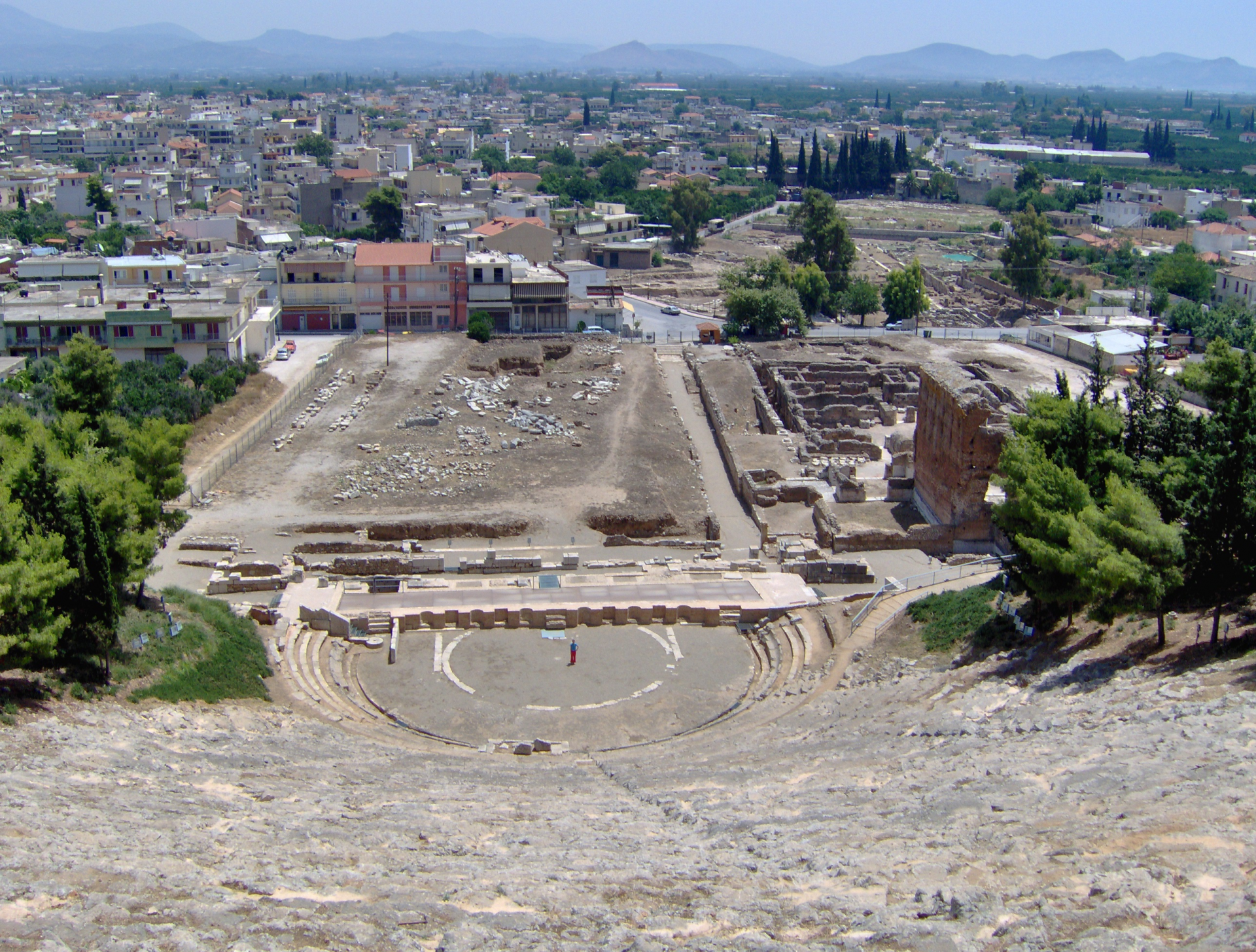 |
| Which is the oldest city of Europe.? Photo: Wikipedia |
| Contents |
What Is the Oldest City in Europe?
Numerous European cities have been inhabited for millennia, and the continent boasts a well-researched and documented history. All of the cities on this list, which have been significant hubs for politics, the economy, and culture at different points in history, fit this description. These cities are among the most well-liked travel destinations worldwide, and they are all home to historical sites and remnants of their former rulers.
Europe's oldest city is Argos. In Argolis, Peloponnese, Greece, there once stood a municipality and a city called Argos. It is among the oldest cities in Greece and Europe, having been continuously inhabited for the last 7,000 years. Argos was a significant stronghold in the Mycenaean era, situated in a strategic location on the fertile plain of Argolis. Argos was a fierce competitor of Sparta in antiquity for control of the Peloponnese, but after choosing to remain neutral in the Greco-Persian Wars, Argos was eventually abandoned by other Greek city-states.
Where is Argos - The First City in Europe
Argos is located in the northeastern region of Peloponnese (Modern Greek: Pelopónnisos), Greece. It serves as the seat of the municipality of Argos-Mykines. It is located just north of the Gulf of Argolís (Argolikós Kólpos).
History of Argos - The Oldest City in Europe
Argos' rich history cannot be reduced to a few lines. But it is certainly worthwhile to learn a little about the city's history, which claims to be the oldest in Greece.
There is evidence of continuous settlement in the area, dating back about 7000 years to the late Neolithic and located at the foot of Aspis (or Aspida) hill. Since then, Argos has remained inhabited at the same geographical location. It was founded by Phoroneus, and its original name was Phoronicon Asty, or Phoroneus' city.
The first king of Argos is thought to have been Inachos, son of Oceanus and Tethys, who arrived from Egypt in 1876 BC as the leader of a large group of fugitives. Homer makes numerous references to his epics about the Argives. The glory of ancient Argos is mentioned in the lost epics "Thebes" and "Epigones," which resemble the Iliad and may have been written by Homer.
Perseus and Hercules are two of our mythology's greatest heroes (see Euripides' tragedy "Hercules").
According to one version, Persia was named after Perseus of Argos. According to legend, after murdering Medusa, Perseus traveled to Ethiopia and killed the monster Ketos. The king of Ethiopia then gave him his daughter Andromeda as a wife. Persis was born there and reigned over the Persepolis region.
Árgos is now a thriving agricultural and commercial hub for locally grown vegetables and fruits, as well as food processing industries.
What to see in Argos, Greece
1. The ancient Theater of Argos
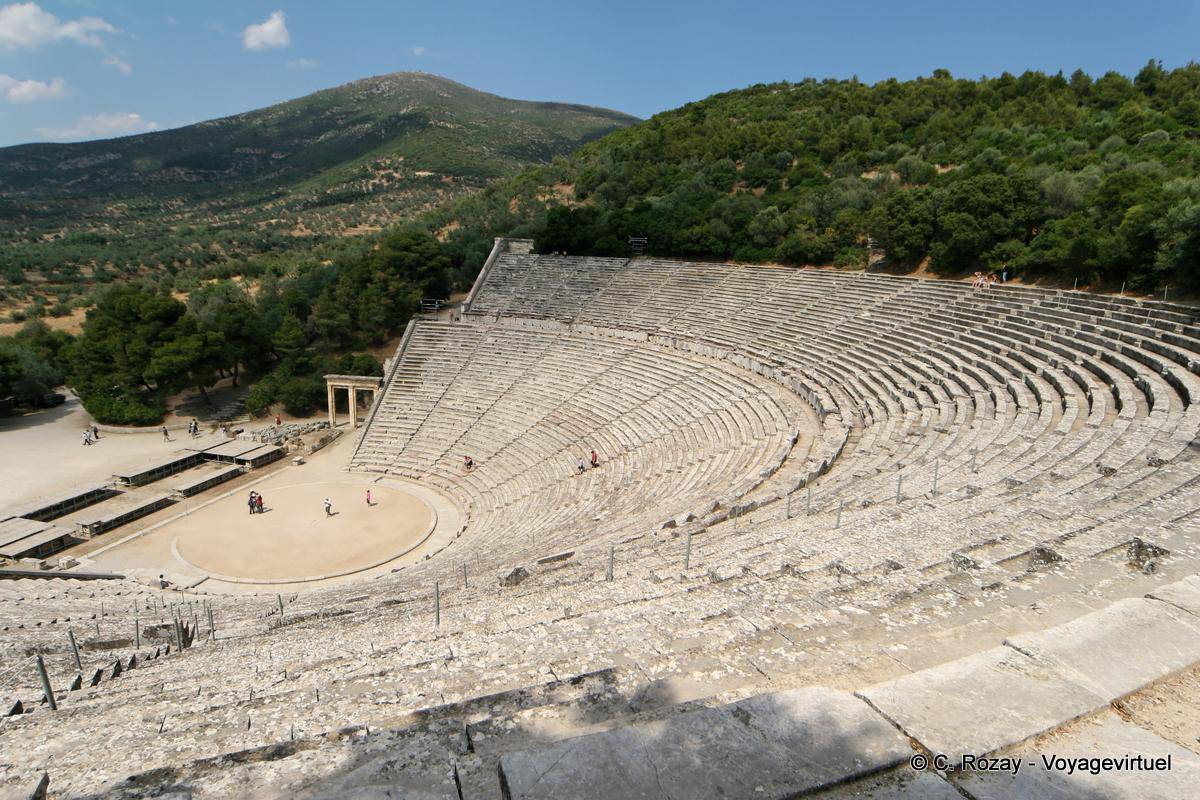 |
| Photo: Comings and Goings |
The Theatre was established in the southeast foothills of Larissa in the Hellenistic era (c. 300–250 BC). One of the largest ancient theaters in Greece had the capacity to hold up to 20,000 people. It provided entertainment for both the musical and dramatic Nemean games and the games honoring Hera during its long use. There should have been established games honoring the emperor during the Roman era.
With a lengthy history, the Argos theater is regarded as one of the biggest Greek theaters of antiquity. Changing from a tiny, antiquated theater at the foot of a rocky hill in the agora of the old city to a huge, Hadrian-pride-worthy theater that can accommodate 20,000 people in 83 rows. It's possible that Aeschylus, Sophocles, Euripides, and Aristophanes were familiar with this theater as well as the Roman Odeon. This theater has given us a great deal of insight into the developments of architectural theater, with the city of Argos and the bay of Nafplio to the south serving as a backdrop. People began to travel to Argos in great interest due to the city's mythological past.
There is a theory that the Argos Theater was built to host prestigious events. But in the end, it turned into a common location for gatherings, festivals, and sporting events.
2. The Municipal Neoclassical Market
 |
| Photo: Iberia |
Listed as a structure of significant heritage value, the Municipal Market is a historically significant symbol of Granada. Because of its unique Neoclassical architectural features and decorative accents, it is highly recommended for visitors who wish to take in the artistic heritage of the city and sample some of the regional cuisine. Since the market was first opened in 1888, more than a thousand merchants are also using the square to celebrate its centennial. Locals use this market to sample the distinctive cuisine of the area and shop for a wide range of goods at reasonable prices. Much of its allure for tourists stems from its true local character, especially for those interested in exploring the city's historic commercial center. With the help of this complex network, you can see how Granadans actually live and eat.
3. The ancient Acropolis of Argos
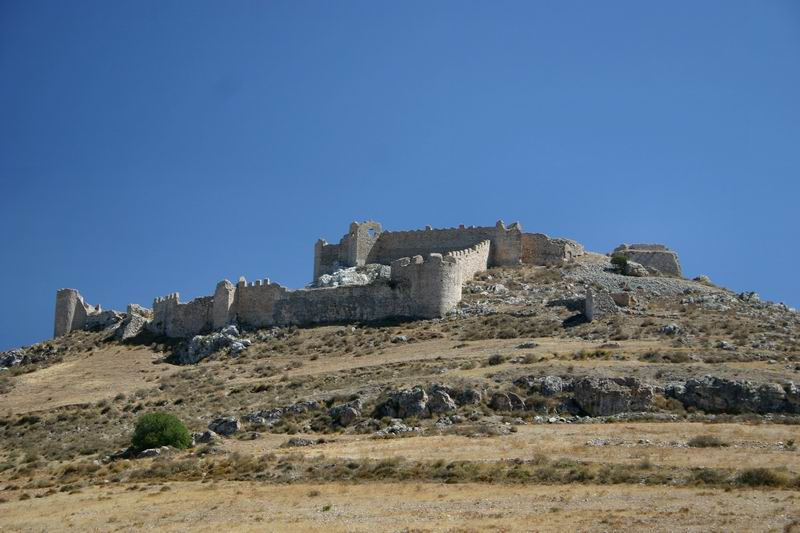 |
| Photo: Wikipedia |
Inside the town limits, on a tall rocky hill, is Larisa, the ancient and medieval acropolis of Argos. Strabo claims that it bears the name of a tribe of Pelasgians. The ruins of a Byzantine-Venetian castle stand atop the mountain; below it, about halfway down the mountain's slope, are the nunneries of the Monastery of Agia Marina (Saint Margaret) at Argos and Panagia Katakekrymeni-Portokalousa monastery. For nineteen centuries, the location was constantly occupied and fortified.
Built in the prehistoric era, the Larissa castle has seen numerous renovations and additions since antiquity and was crucial to the Venetian occupation of Greece and the Greek War of Independence. Situated atop Larissa Hill, the city's highest point is 289 meters below sea level. There was also a castle in the past located on Aspida Hill, which is nearby. These two castles, when surrounded by walls, protected the city from attacks by the enemy.
4. The Barracks of Kapodistrias
 |
| Photo: Βυζαντινό Μουσείο Αργολίδας |
A historically significant and preserveable structure is the Barracks of Kapodistrias. Constructed in the 1690s, amid the Venetian rule over Greece, they were initially utilized as a medical facility managed by the Sisters of Mercy. They performed the functions of a post office and a market during the Turkish occupation. Governor Kapodistrias later restored the building in 1829 after it had sustained significant damage during the Greek Revolution. He used it as a cavalry barrack, a school from 1893 to 1894, an exhibition space, a shelter for Greek refugees who had been uprooted during Greece's population exchange with Turkey since 1920, and a place of interrogation and torture (during the German occupation of Greece). It was last used by the army between 1955 and 1968. Today, the building houses local corporations, the Byzantine Museum of Argos, and an exhibition area.
| The two large squares in the town center, Saint Peter with the church and Dimokratias, home to the weekly flea market on Wednesdays and Saturdays, are the hub of activity. The pedestrian streets (known in Greek as "pezodromoi"), which include Mihail Stamou, Panagi Tsaldari, and Eleftheriou Venizelou, are another well-known feature of the center. The majority of stores, cafes, and eateries are close to the town center. There's also the Byzantine Museum of Argolida inside the Kapodistrias Barracks and the Archeological Museum of Argos, which is closed as of March 2021 for renovations. |
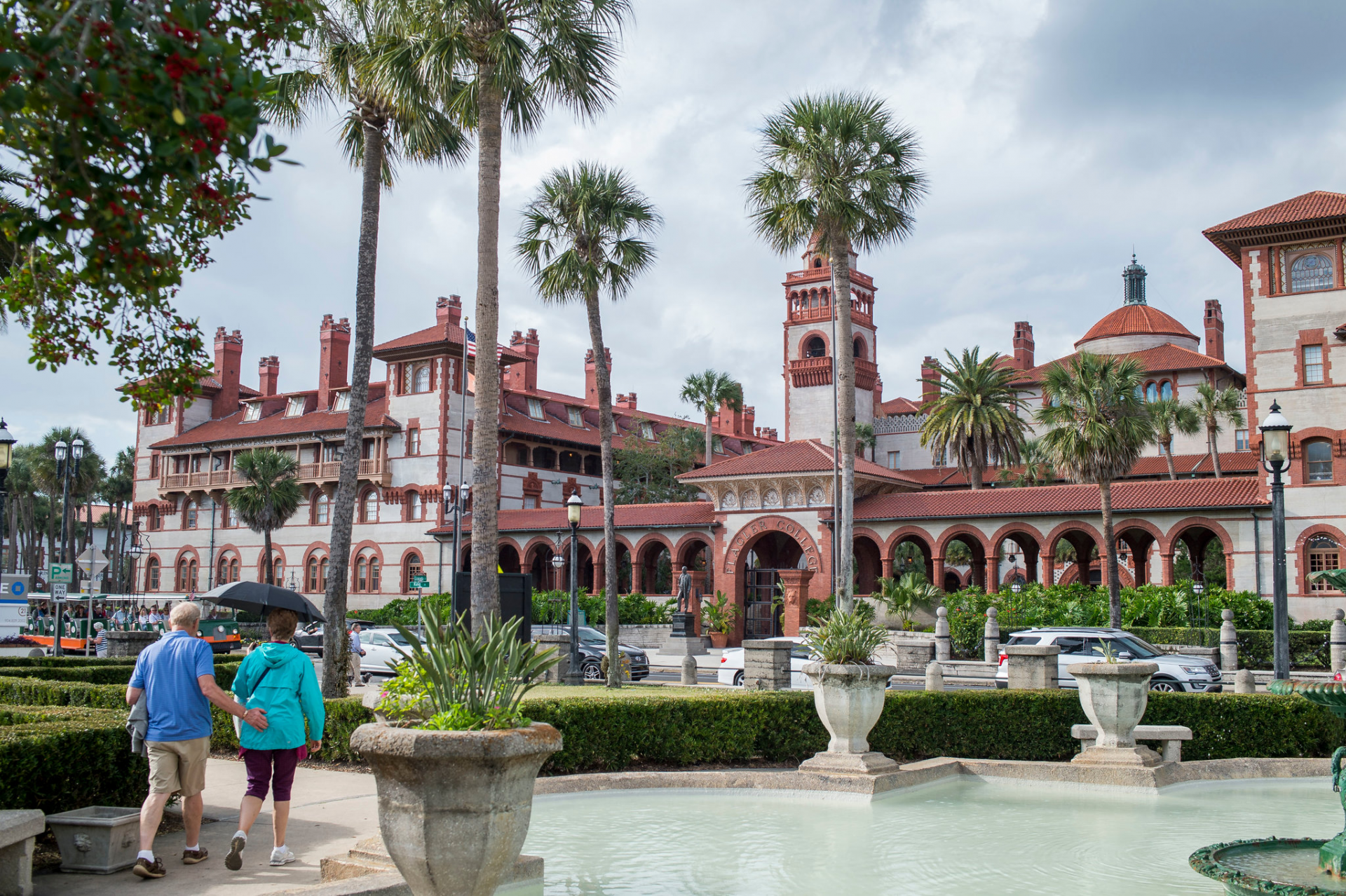 Which Is The Oldest City In The US Which Is The Oldest City In The US America has many wonderful and beautiful places to explore and visit, with interesting history and culture. Have you ever heard of the oldest city in ... |
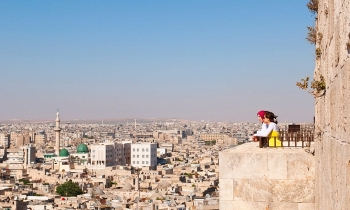 What Is The Oldest City In The World What Is The Oldest City In The World There are many old and ancient cities around the world that was once bustling with life and people, but which is the oldest one in ... |























